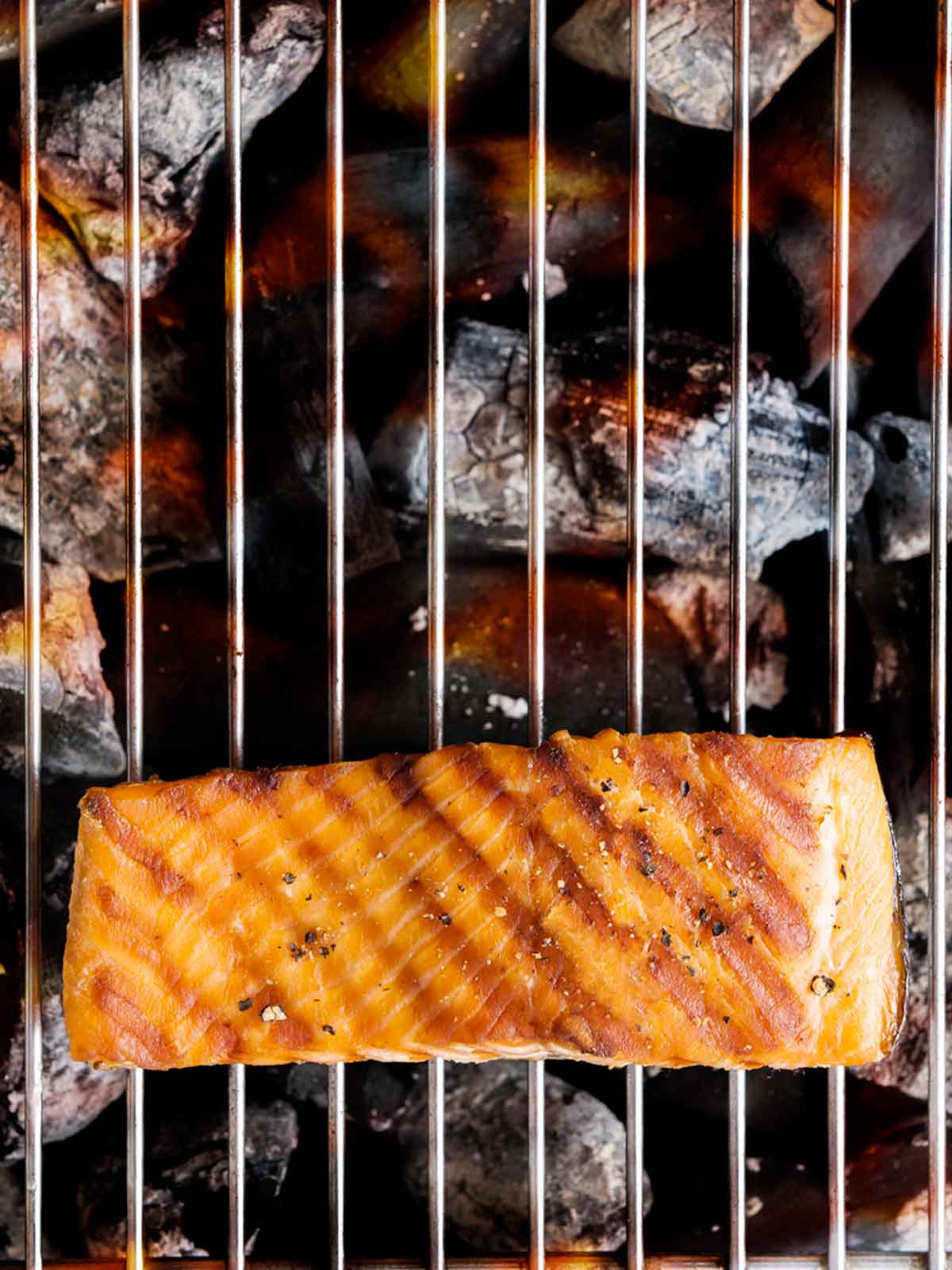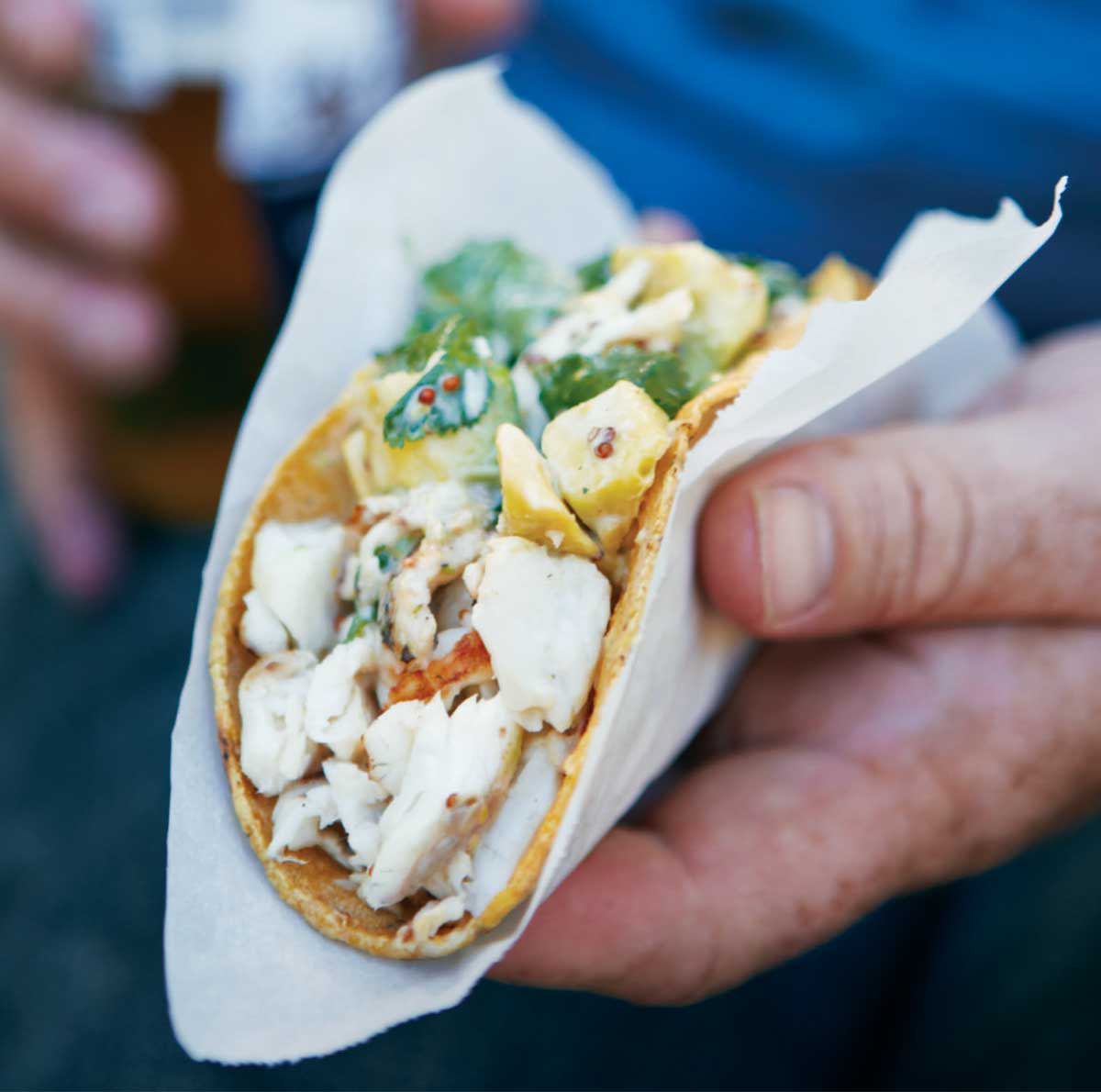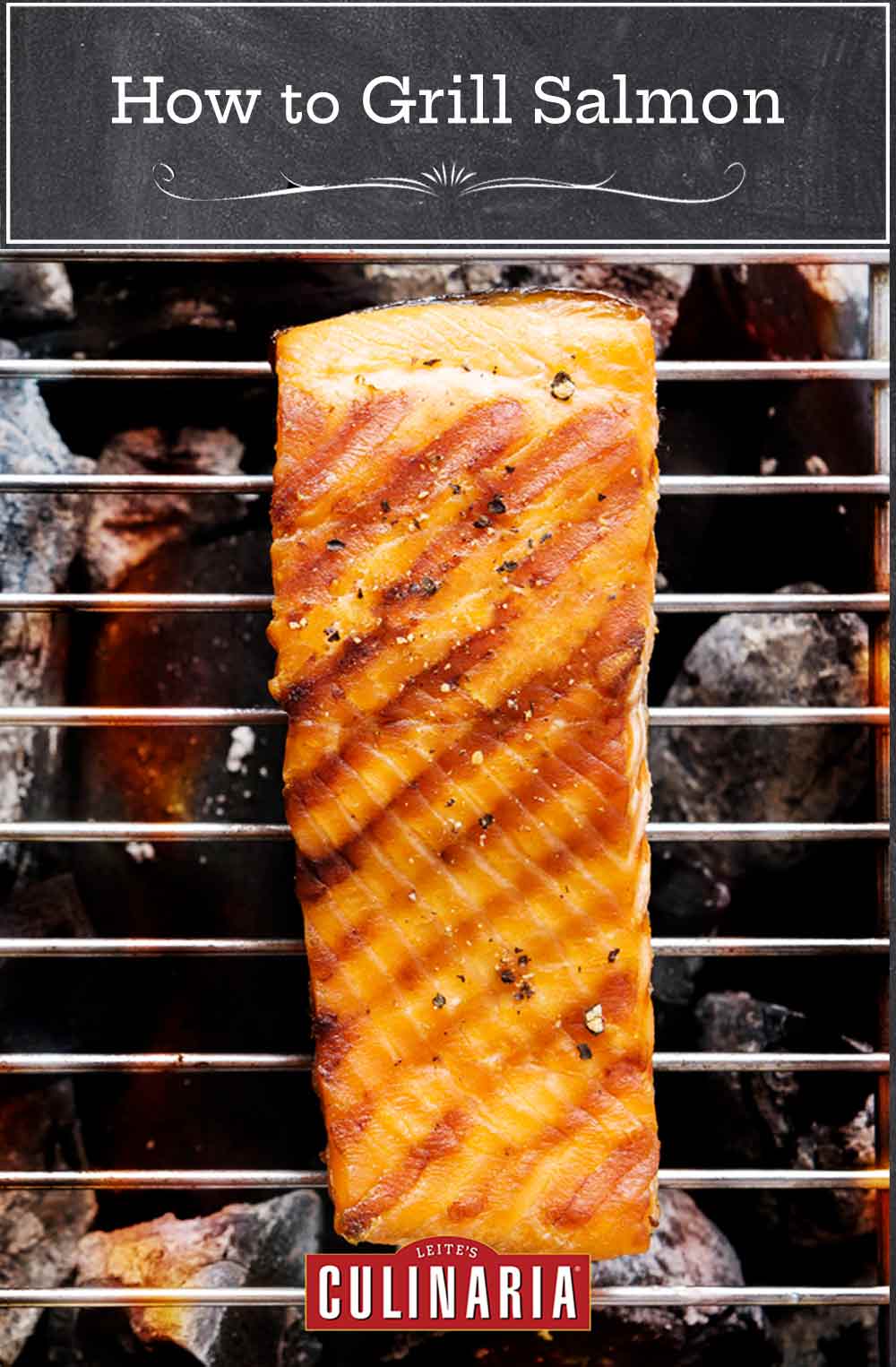
The third and ultimate installment of my nice afternoon of grilling with Jamie Purviance triptych, which started with me studying how you can grill steak and continued with how you can make rotisserie rooster, was the one I used to be trying ahead to the least.
Not as a result of I used to be uninterested in Jamie. However, boy, was I drained—simply take a look at what 10 hours of taking pictures can do to a man’s hair and the luggage beneath his eyes. [Editor’s Note: That’s David begging for you to tell him how dashing he still looks. Don’t encourage this behavior.] No, I used to be dreading it as a result of the subject material is the bane of virtually each expert griller I do know: fish.
Traditionally, at any time when I’ve grilled fish, most of it ended up dropping by way of the grates and getting incinerated, every bit slowly shriveling because it turned a darker shade of charred.
After these moments grew too quite a few—I imply what number of yard autos-da-fé should a person witness earlier than he will get the trace as to his lack of affinity to fireplace and fish?—I merely walked away from something aquatic. I figured if I have been to singe something, no less than let or not it’s one thing stable that I might chase across the grill with a pair of tongs, like grilled steak or rotisserie rooster.


However throughout our final video of the day, Jamie taught me three essential issues. Properly, he taught me loads of essential issues, however in case you bear in mind simply these three, you’ll be capable of stand going through your grill with a grate stuffed with fish and never quiver. First, use excessive warmth. Second, the 70/30 rule. And third, the zen of fish cookery.
The usage of excessive warmth
What blew me away was that top warmth—upward of 500°F (260°C)—is the perfect temperature for fish, particularly salmon. It sears the fish, helps it maintain collectively higher, and creates nice grill marks that end in it releasing simpler.
The 70/30 rule
Decrease warmth, which I all the time thought was finest for such a fragile protein, truly causes the flesh to stay worse than your aunt’s thighs on plastic automobile seat covers. And sticking flesh is what causes you to lose your thoughts—and lose your fish to the coals beneath the grates—if you attempt to flip your fillets.
The 70/30 rule is one thing cooks use. It means to cook dinner the fish for 70 % of the time on the primary facet—the flesh facet—after which to flip and cook dinner the pores and skin facet for 30 % of the time. Once more, this reduces stickiness and retains the fish juicy. Oh, and it enables you to pull off what’s indubitably the good grill trick of the season: eradicating the fillet complete whereas leaving the pores and skin on the grill. Boo-yah!
The Zen of fish cookery
That is the toughest of the three main factors for me to place into follow. It’s all about turning into one with the fish and having persistence. That mindfulness kind of factor. (Hell, I’ve a tough sufficient time turning into one with myself, not to mention becoming a member of forces with my meal.)


However speeding issues on the grill, particularly one thing as delicate as fish, will solely find yourself with the canine (yours or a neighbor’s) surreptitiously slinking away together with your dinner that you simply chucked throughout the yard out of utter frustration. I communicate from expertise.
Have to follow the follow of zen cookery? I do, I have to admit. However do it and also you, too, will be capable of create the gorgeous piece of salmon as suavely as Jamie does within the video.
Initially printed August 23, 2010


